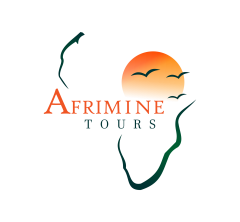18 Days Echoes of Africa
From Chimpanzees to ancient rock walls
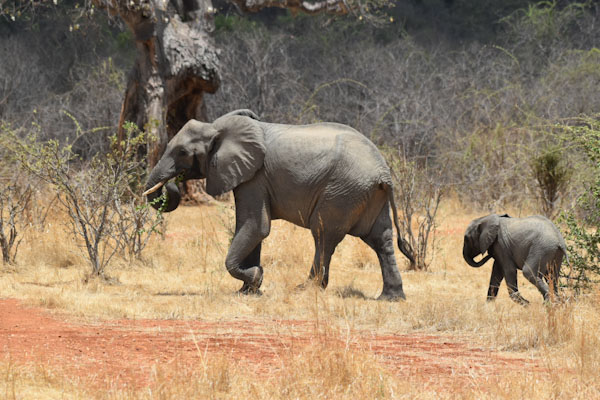
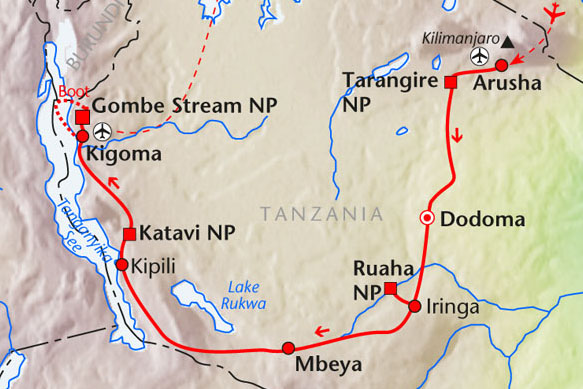
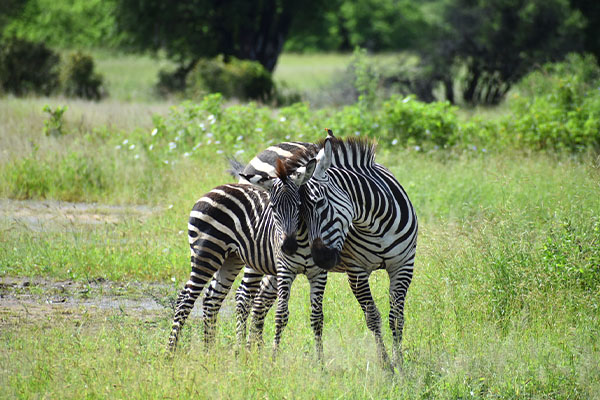
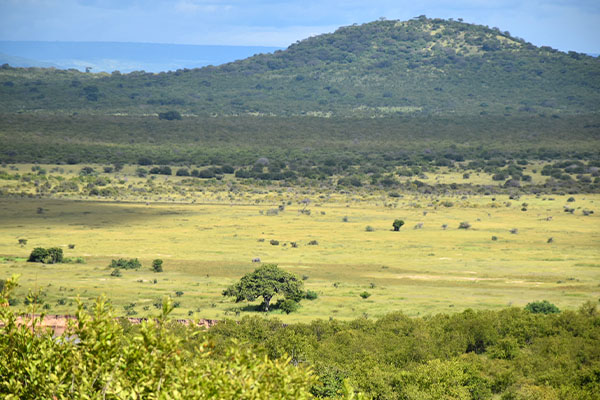
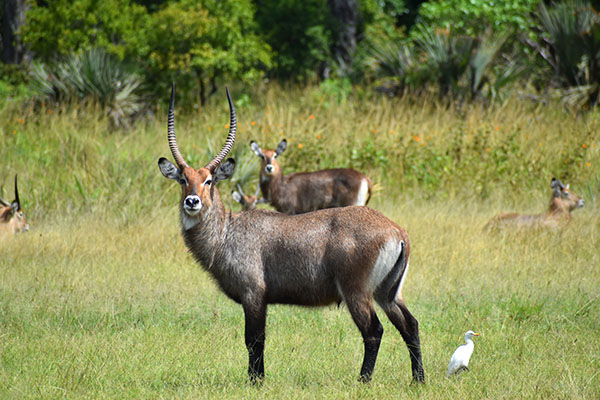
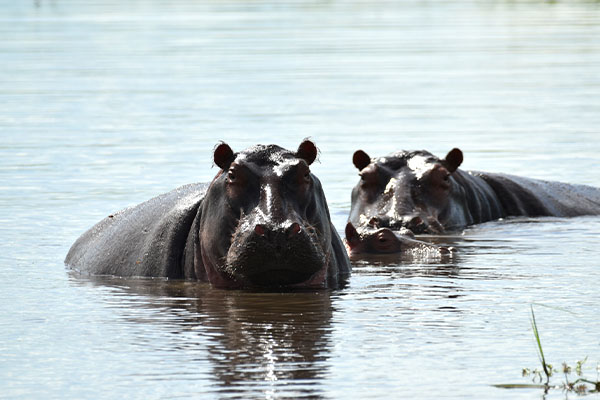
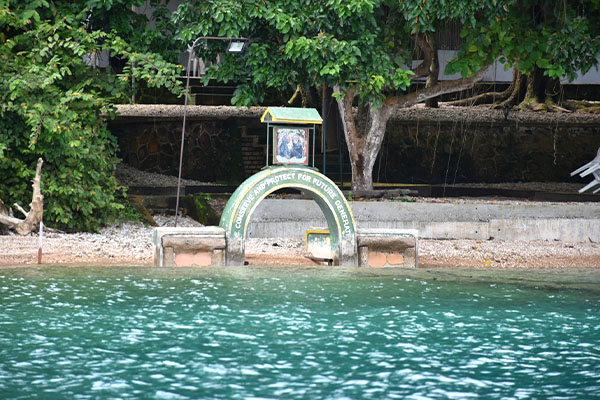
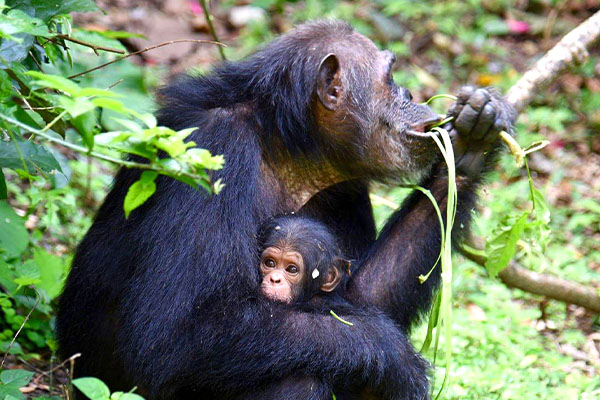
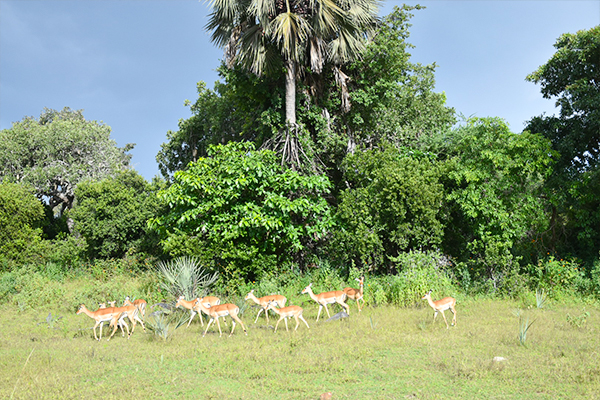

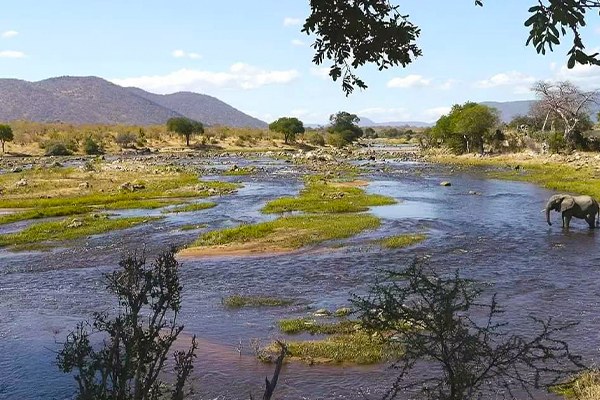

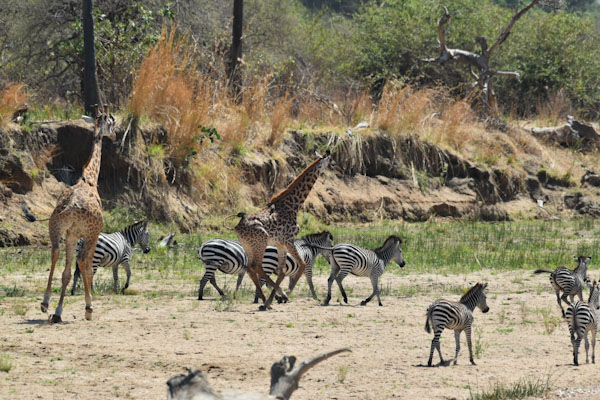
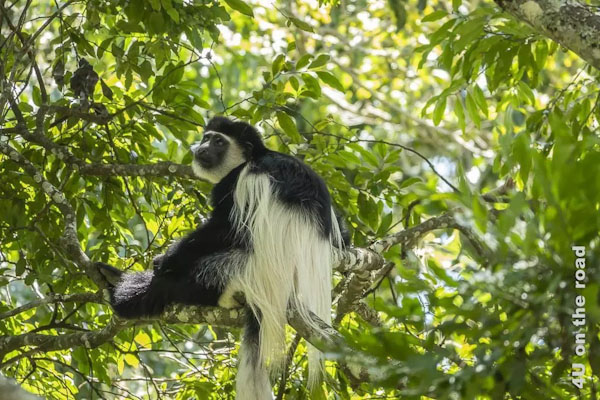
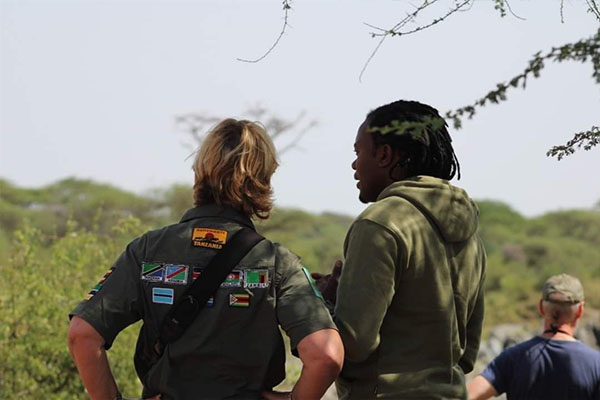
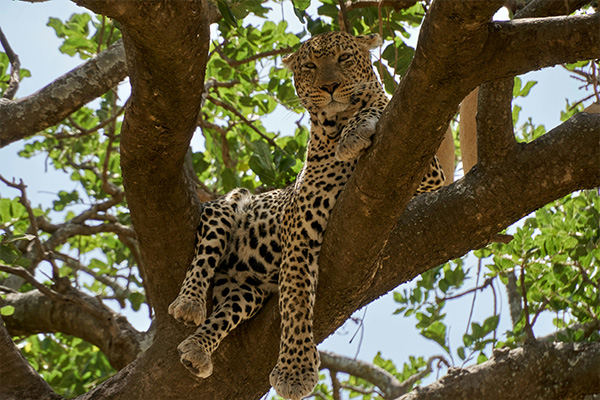
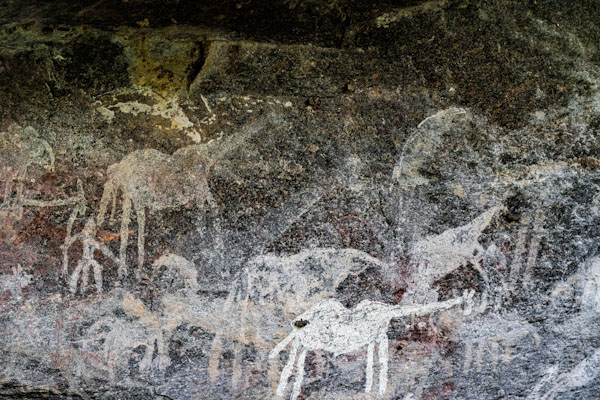
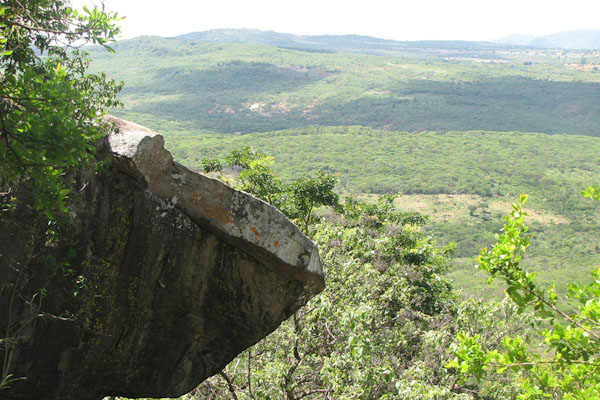
Highlights
Embark on a unique journey through Southern into Western Tanzania, for wildlife, culture, and history:
- Spot elephants, lions, and giraffes in Ruaha, Katavi, and Tarangire – some of Africa’s wildest parks
- Hike with rangers and explore ancient Kondoa rock paintings (UNESCO World Heritage)
- Track wild chimpanzees in Gombe, where Jane Goodall began her groundbreaking research
- Relax by Lake Tanganyika, Africa’s deepest lake, rich in biodiversity and dramatic beauty
- Discover Tanzania’s cultural heart – from coffee farms in the highlands to colonial-era towns like Kigoma
Add-ons available: Serengeti, Ngorongoro, or Zanzibar.
This is Tanzania – raw, real, and unforgettable.
Best Time: June to October
You’ll be warmly welcomed upon arrival and transferred to a comfortable lodge in Arusha, nestled at the foot of Mount Meru. Take the rest of the day to unwind from your journey and soak in the peaceful ambiance of your surroundings.
Today we explore the nearby Arusha National Park, a lush gem often overlooked by travelers. The park offers a mosaic of diverse ecosystems – from montane forests and open savannahs to sparkling alkaline lakes. Accompanied by an armed ranger, we enjoy a unique walking safari, where you might encounter black-and-white colobus monkeys, giraffes, buffaloes, and various antelope species up close.
In the afternoon, we visit the beautiful Momella Lakes. Depending on the season, the shores may be tinged pink by thousands of flamingos – offering a spectacular backdrop for a scenic picnic lunch.
We head south to Tarangire National Park, famed for its immense elephant population and iconic baobab trees. The Tarangire River meanders through a rugged landscape, sustaining a wide range of wildlife: giraffes, wildebeest, waterbuck, ostriches, warthogs, hyenas, and an astonishing variety of birdlife, including lilac-breasted rollers, hornbills, and glossy starlings.
As the sun sets behind ancient baobabs, you’ll witness nature at its most enchanting.
After a final morning game drive in Tarangire, we begin our journey southwards toward one of Tanzania’s most significant cultural and archaeological sites – Kondoa, home to the famous Kondoa Rock-Art Sites, a UNESCO World Heritage Site since 2006.
Set against the backdrop of the Irangi Hills, this area contains hundreds of prehistoric rock shelters featuring intricate paintings that date back over 2.000 years – some possibly even older than 10.000 years. These ancient artworks are remarkably preserved on sandstone cliffs and depict a wide array of subjects: animals such as giraffes, elephants, and antelopes; dynamic human figures engaged in hunting, dancing, and ceremonial rituals; and mysterious abstract symbols whose meanings still puzzle researchers today.
The artwork is believed to have been created by both hunter-gatherer societies and later pastoralist groups, making the site a rare record of cultural transitions and spiritual beliefs across millennia. The Sandawe people, who still live in the region today, are thought to be descendants of the original artists and carry oral traditions that may help interpret some of the scenes.
Guided by a local expert, we explore a selection of the most accessible and well-preserved sites, gaining insight into how early humans expressed their relationship with nature, community, and the spiritual world. The rock art also reflects how people adapted to environmental changes over centuries, giving a window into the resilience of past cultures in the East African Rift Valley.
In the afternoon, we continue to Dodoma, Tanzania’s quiet but steadily growing capital city, where we spend the night. While often overlooked, Dodoma has its own historical and political significance, serving as the administrative heart of the nation.
We travel across the Mtera Dam, one of Tanzania’s largest hydroelectric power stations. Along the way, we pass by traditional Wagogo villages, where agriculture and livestock form the heart of daily life.
By midday, we reach the highland town of Iringa, known for its colonial-era buildings and vibrant market. A brief walking tour offers insight into local life and German colonial history.
We spend two days exploring Ruaha National Park, Tanzania’s largest and most remote national park, covering over 33.000 km² when including adjacent reserves. The landscape is dramatic – dotted with baobab-draped hills, rocky ridges, and the meandering Ruaha River, the park’s lifeline.
This wilderness is teeming with wildlife: hippos, crocodiles, lions, African wild dogs, jackals, giraffes, and large herds of kudu and roan antelope. With over 1.650 plant species and nearly 600 bird species, Ruaha is not only a haven for big game, but also a paradise for nature lovers.
After a final game drive, we ascend into the Southern Highlands, a fertile region known for its cool climate and rolling pine and eucalyptus forests. The scenic Tunduma Highway leads us through a peaceful, rural landscape.
We continue to Mbeya, a lively town surrounded by green hills and agricultural plantations. We stay at a tranquil lodge on the outskirts of town.
In the morning, we take a short walk to a local coffee plantation to learn about the full production process – from bean harvesting to roasting.
In the afternoon, we hike to Idugumbi Village, offering a glimpse into daily rural life in the highlands. The rest of the day is yours to relax – perhaps by the lodge’s pool or in the lush garden.
We arrive at the legendary Lake Tanganyika, a natural wonder nestled between dramatic escarpments. At 670 km long, it’s Africa’s longest freshwater lake, the second-deepest in the world (after Lake Baikal), and among the oldest and clearest lakes on Earth.
Lake Tanganyika is a global biodiversity hotspot, home to over 300 fish species, 95% of which are endemic – meaning they exist nowhere else. These cichlid fish have long fascinated scientists and aquarists alike.
Enjoy your day by the lake: swim, snorkel among colorful fish, kayak along the shoreline, or simply relax. Optional activities include fishing or gentle hikes along the lakeshore.
Into the Wild
We journey to the rarely visited but spectacular Katavi National Park – a true gem for safari purists. Covering vast floodplains, Miombo woodlands, and swampy river systems, Katavi offers unmatched seclusion and authentic wildlife encounters.
Here you may witness thousands-strong buffalo herds, large pods of hippos packed into shrinking dry-season pools, as well as elephants, lions, hyenas, waterbuck, roan antelope, and over 400 bird species, including the yellow-throated sandgrouse and the acrobatic bateleur eagle.
After our journey through the wilderness, we arrive in Kigoma, a charming lakeside town nestled on the shores of Lake Tanganyika. This historic town, once a key hub during German East Africa, offers a fascinating blend of colonial history, Swahili culture, and stunning natural surroundings.
Gateway to Lake Tanganyika & Gombe
Kigoma is the main jumping-off point for Gombe Stream National Park, but it’s more than just a stopover. It sits on the eastern shore of Africa’s oldest and deepest lake, offering sweeping sunset views, peaceful fishing villages, and tranquil beaches.
Colonial Railway Heritage
Kigoma is the final station of the Central Line Railway, built by the Germans in the early 20th century to connect the Indian Ocean port of Dar es Salaam with the interior. The historic train station, still in use today, is an evocative reminder of the town’s colonial past and a symbol of early transcontinental ambition.
The Livingstone & Stanley Encounter
Just outside town lies Ujiji, the site of one of Africa’s most famous meetings: in 1871, explorer Henry Morton Stanley found the long-lost missionary Dr. David Livingstone and reportedly uttered the legendary words, “Dr. Livingstone, I presume?”
You can visit the Livingstone Memorial Museum, a humble but moving tribute to the moment and the explorers who charted Central Africa.
Cultural & Natural Beauty
Kigoma itself has a warm, laid-back charm, with Swahili-Arab influences, bustling markets, and a lively lakeside atmosphere. Traditional fishing boats drift across the water, and in the evenings, the lakeshore comes alive with golden light and gentle waves.
Whether you’re walking the old train tracks, standing where history was made in Ujiji, or simply watching the sun set over the vast waters of Tanganyika, Kigoma invites you to slow down and connect with a lesser-known, but deeply meaningful, part of Tanzania.
After a scenic boat ride across the shimmering waters of Lake Tanganyika, we arrive at Gombe Stream National Park – a remote, forested sanctuary famous worldwide as the site of Dr. Jane Goodall’s pioneering chimpanzee research. The park lies on a narrow strip of land on the eastern shore of Lake Tanganyika, backed by steep, misty mountains. It’s accessible only by water, which adds to its untouched, mystical atmosphere.
Though it’s Tanzania’s smallest national park – just 52 km² – Gombe is one of its most storied. Dense tropical forests tumble down the hillsides, cut by streams and waterfalls that flow into the lake. This is the realm of wild chimpanzees, where you’ll have the rare chance to observe our closest living relatives in their natural habitat.
In 1960, a 26-year-old British woman named Jane Goodall arrived in Gombe, with no formal scientific training – just a notebook, binoculars, and a passion for animals. Sponsored by the famed anthropologist Louis Leakey, she began what would become the longest-running field study of any wild animal species.
Her groundbreaking discovery – that chimpanzees make and use tools – redefined our understanding of what separates humans from other animals. She observed them stripping leaves off twigs to “fish” for termites, a behavior previously thought to be uniquely human.
Jane also documented the rich emotional and social lives of chimpanzees: their deep familial bonds, playful behavior, and even wars between rival groups. These insights profoundly influenced fields ranging from primatology and anthropology to conservation and ethics.
Accompanied by a trained park ranger, we trek through the ancient rainforest in search of chimpanzee families, listening for their high-pitched calls echoing through the canopy. While the hike can be challenging due to steep terrain, the reward is immense: sitting quietly and observing wild chimps grooming, playing, or foraging – often just a few meters away – is an unforgettable, humbling experience.
Along the way, you may also spot other primates such as:
Olive baboons
Red-tailed monkeys
Red colobus monkeys
Blue monkeys
Colobus monkeys
In addition to the wildlife, Gombe offers stunning landscapes: we hike to a scenic waterfall, and climb to an elevated viewpoint overlooking the lake. On clear days, you can see across to the mountains of the Democratic Republic of Congo.
A Walk Through History
Your guide may also point out locations where Jane Goodall set up her original feeding stations and observation posts. You’ll learn about the chimpanzees by name—like David Greybeard, the first chimp who trusted Jane, and Flo, the matriarch of a line that researchers followed for decades.
There’s an optional visit to the Gombe Research Center, where Goodall’s research legacy continues through the Jane Goodall Institute, which supports conservation and community education across Africa.
Our journey through the heart of Tanzania slowly comes to an end. If time allows, we take a short visit to the Livingstone Memorial in Ujiji, the legendary site where explorer Stanley met Dr. David Livingstone in 1871 – a powerful closing chapter to a trip full of history, nature, and discovery.
Afterwards, we transfer to Kigoma Airport for your flight home – or perhaps your next adventure.
For those not ready to say goodbye:
Why not extend your stay with a safari through the Serengeti, explore the shores of Lake Victoria, or unwind on the tropical beaches of Zanzibar? We’re happy to tailor an extension just for you.
From Kigoma, fly or travel overland to Mwanza, the southern shore of Lake Victoria. Continue via the Western Corridor of the Serengeti, where wildlife roams freely across open savannas.
The journey culminates with a visit to the Ngorongoro Crater, a UNESCO World Heritage Site and one of the most biodiverse wildlife areas on Earth. Return to Arusha for your departure.
More Extension Ideas:
Zanzibar – Relax on the white-sand beaches of this spice island.
Mafia Island – A diver’s paradise with vibrant coral reefs and whale shark encounters.
Contact us for your custom-tailored extension program!
WHAT'S INCLUDED
- Tanzania adventure tour according to program
- Experienced English-speaking safari guide and local rangers
- Transportation in special 4×4 safari vehicle
- Excursions, activities and sightseeing as per itinerary
- Game drives in all national parks
- All national park and reserve fees
- Mineralwater included during the trips
NOT INCLUDED
- Meals and drinks not mentioned
- Optional excursions and activities
- Personal expenses, tips
- Travel Insurance
